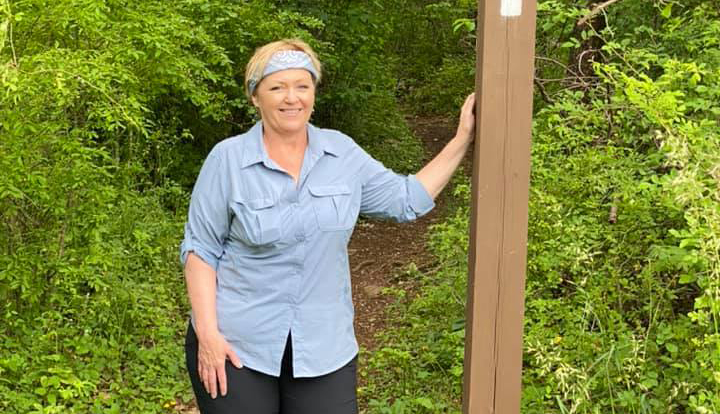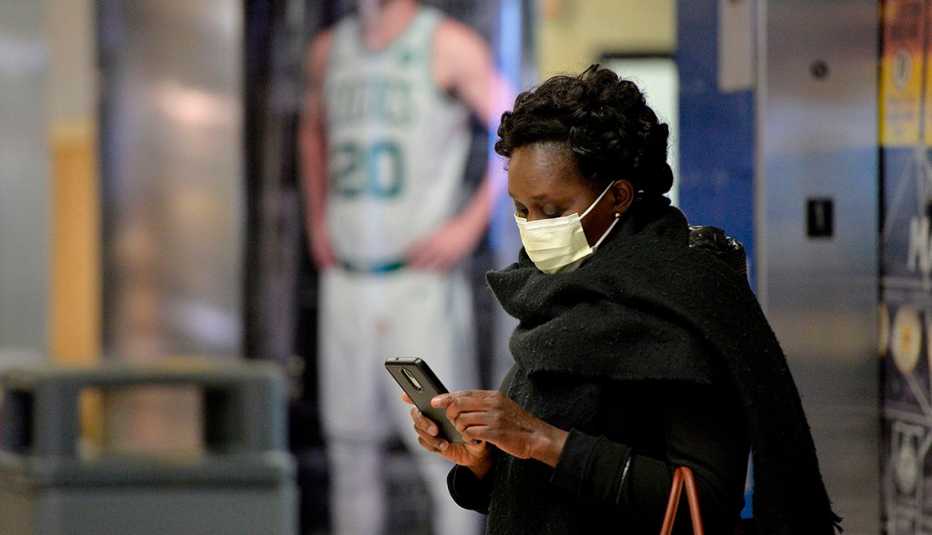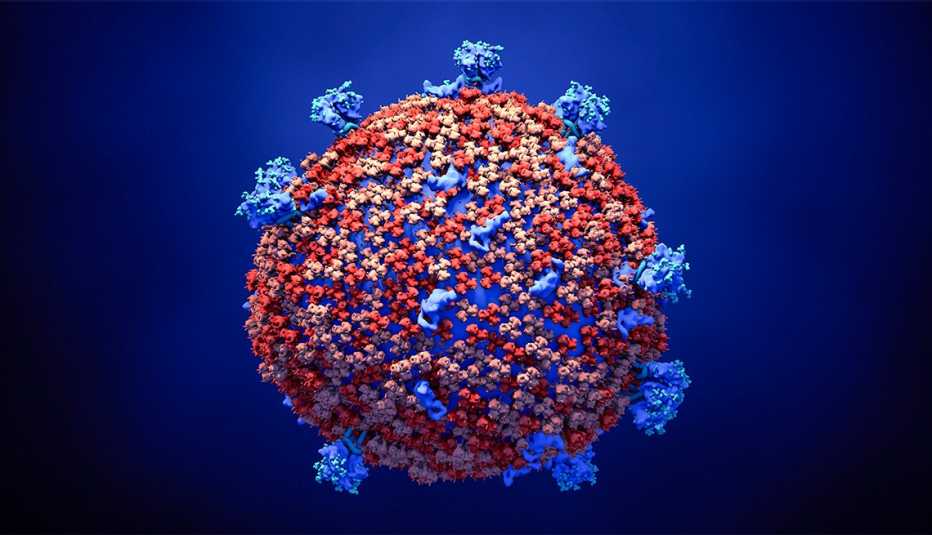Staying Fit
It's 2 a.m. on a chilly mid-March morning and I am tossing and turning on the sofa in the living room of my small Harlem apartment in New York, hoping I'm not disturbing Greg, my husband, peacefully sleeping in our adjacent bedroom. Unbearable aches accompany my fever, which just jumped from low grade to 102° and persistent chills now violently shake my body. The past three days I've been lethargic and a little achy but I chalked those complaints up to jet lag. I had just returned from a two-week Scandinavia trip for work. Tonight, with the arrival of these new dreadful symptoms, I'm suddenly fearing the worst: thoughts of the coronavirus flood my mind.
As a writer, I travel the globe for a living, logging thousands of miles per year. It may sound glamorous, and it can be, but it's also a lot of trains, planes, automobiles, new people, foreign customs, crowds and interviewing sources close up for stories. It hadn't seemed like a risky business until now — the numbers of dead and dying climbing. It's a sleepless night consumed with worry.


AARP Membership— $12 for your first year when you sign up for Automatic Renewal
Get instant access to members-only products and hundreds of discounts, a free second membership, and a subscription to AARP the Magazine.
Late winter
I contact my CityMD, the urgent care facility nearest my apartment, early the next morning. After I explain my symptoms to the receptionist, she urges me to come in immediately. Too sick to take myself, I need Greg to drive the two miles, but he waits outside to avoid contact with other patients. In the examination room, a nurse wearing a hospital-grade mask and latex gloves takes my vitals and quizzes me on my symptoms: aches, chills, a persistent dry cough and headaches — all signs, I know, of COVID-19. Taking my temperature, he notes my 102-degree fever, then inquires about my recent travels.




































































